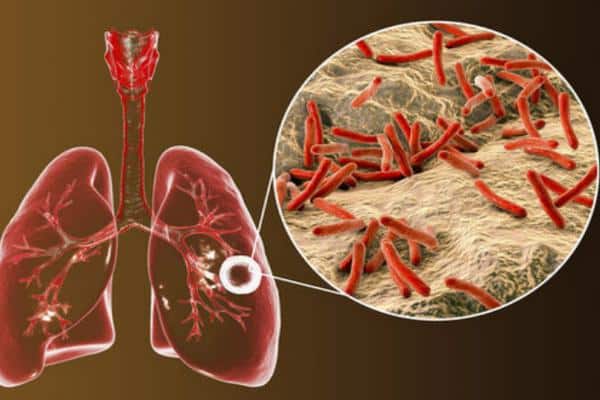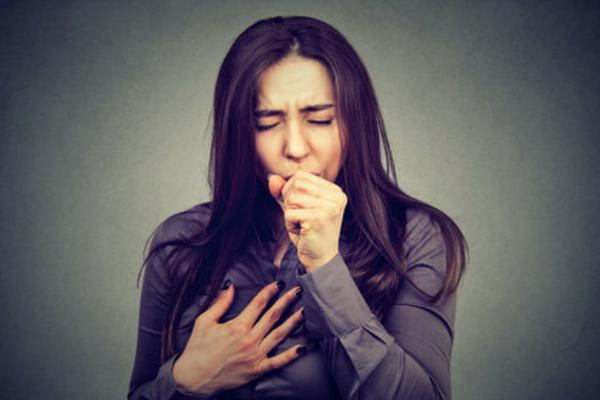Зміст
Tuberculosis was called “the disease of the poor” because it developed mainly among the poor part of society – malnourished people living in difficult sanitary conditions. Today, many people recognize tuberculosis as a rare and harmless disease.
This is a dangerous myth – the disease can affect anyone – despite the high standard of living or the vaccine received. It is also worth knowing that tuberculosis should not give characteristic symptoms for a long time, destroying the lungs and the whole body. How can you get TB, what are the symptoms and treatment?
What is tuberculosis, and what are its causes?
Tuberculosis is an infectious disease caused by bacteria called Koch mycobacteria (named after the discoverer Robert Koch). They are extremely resistant to antibiotics and under appropriate conditions (high humidity, lack of light, low temperatures or dust) can survive up to several years. Tuberculosis most often affects the respiratory system, but it can also develop in other organs and throughout the body (in the urinary system, nervous system, bones, joints and pericardium).
The main factor in the development of tuberculosis in previous centuries was poor housing, poverty and lack of basic hygiene. No wonder, tuberculosis was called the disease of the poor – Koch mycobacteria for a long time remained in moist and unventilated apartments. One carrier quickly infected other family members, especially if their immunity was weakened (for example, due to malnutrition and constant anxiety).

How can you get tuberculosis?
Tuberculosis can be infected by drip, that is, through close contact with a sick person (for example, by coughing or sneezing). It is estimated that one disease per year affects up to 15 people. Tuberculosis bacteria are also found in the feces of sick people, as well as in the milk of infected livestock. Theoretically, there is a risk of infection with this type of milk.
Malnutrition and poor sanitation are still the most common cause of tuberculosis infection. However, it is worth knowing that a disease can affect any person – even a short-term weakening of immunity or other chronic diseases – for example, diabetes or a stomach ulcer is enough. Young children, adolescents, the elderly, and people who are addicted to alcohol, drugs and cigarettes are most at risk of tuberculosis. It is worth knowing that the tuberculosis vaccine does not protect 100% from infection. However, it significantly reduces the risk of the disease (from 50 to 80 percent) and protects against its severe course. Nevertheless, mass vaccinations can completely eliminate the disease in this population.
Symptoms of pulmonary tuberculosis

The most common form of the disease is pulmonary tuberculosis. This can be hidden for a long time and does not give any characteristic symptoms. However, our attention should be paid to night sweats, malaise, low temperature and sudden weight loss (which is not associated, for example, with a diet for weight loss). Typical symptoms of the disease are coughs lasting more than 3 weeks. Initially, it is dry, with time it is accompanied by cough with sputum. In an advanced stage, spitting of blood, chest pain, and shortness of breath may occur. The disease leads to calcification of the lungs.
Extra pulmonary Tuberculosis Options
Extra pulmonary tuberculosis is only 5 percent. Koch’s mycobacteria can then infect the lymph nodes (the infection spreads throughout the body), kidneys (there is a risk of failure), bones and joints (compression vertebral fractures occur over time), skin, reproductive system (the disease causes ovarian inflammation), pericardium (then tuberculosis manifests itself with a rapid heartbeat, it is often mistaken for a heart attack), as well as the nervous system (causes meningitis).
Diagnosis and treatment of tuberculosis
The diagnosis of tuberculosis is based on x-ray or computed tomography of the chest, examination of the lung tissue and tuberculin reaction (studying the body’s response to contact with live mycobacteria). Treatment for pulmonary tuberculosis lasts six months, during the first 2–4 weeks, patients are isolated so as not to infect others. Four different antibiotics are used during therapy.








